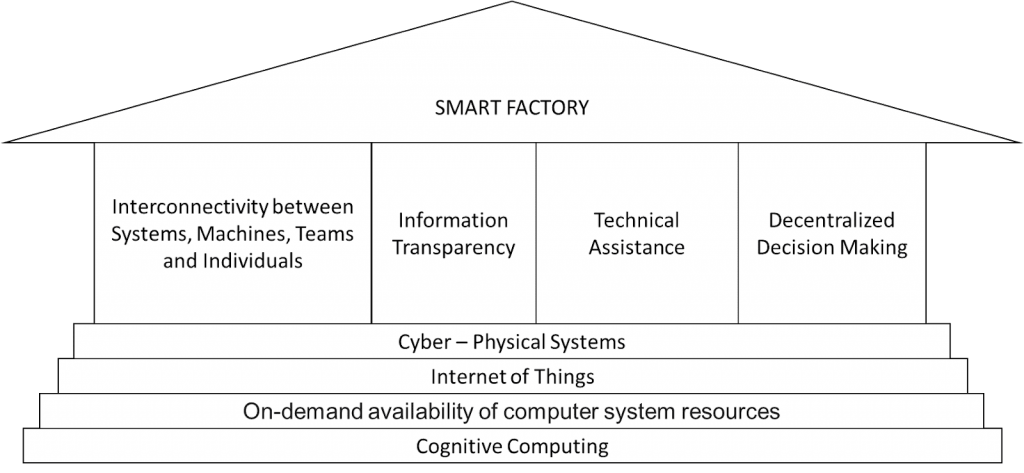Brief History of Industrial Revolutions
Industry 4.0 is an essential factor to be considered when discussing business and technology. This is the 4th revolution (Hence 4.0), where the previous three revolutions shaped the direction of human development. The first revolution marked the introduction of steam machines into production, transforming consumption production to mass production.
The second industrial revolution introduced technology into a business where the pinnacle introduced “Assembly line” by Henry Ford. The third industrial revolution started with the digital process with the introduction of computers into the business world.
The fourth industrial revolution started in Germany is identified as highly flexible (mass) production through automation technology to support self-optimization, self-configuration, self-diagnosis, cognition, and intelligent workers’ support (World Economic Forum).
Drivers of Industry 4.0
Industry 4.0 is mainly focusing on creating a smart factory. The figure below summarizes the main components of a Smart Factory.

What Businesses Have Focus on to be Relevant in Industry 4.0 Era
Businesses must mainly focus on three key areas to get the best benefits out of Industry 4.0 movement, if not to survive. They are
- Digitization and integration of vertical and horizontal value chains
- Digitization of product and services
- Digital business models and customer access
Companies that embrace these drivers quickly will lead the markets during the next decade, while companies that reject these drivers will fade into history. It is high time to decide whether to boost your business into the next decade or get eliminated.
Source:
The Fourth Industrial Revolution: what it means and how to respond”. World Economic Forum. Retrieved 20 March 2018















Add comment